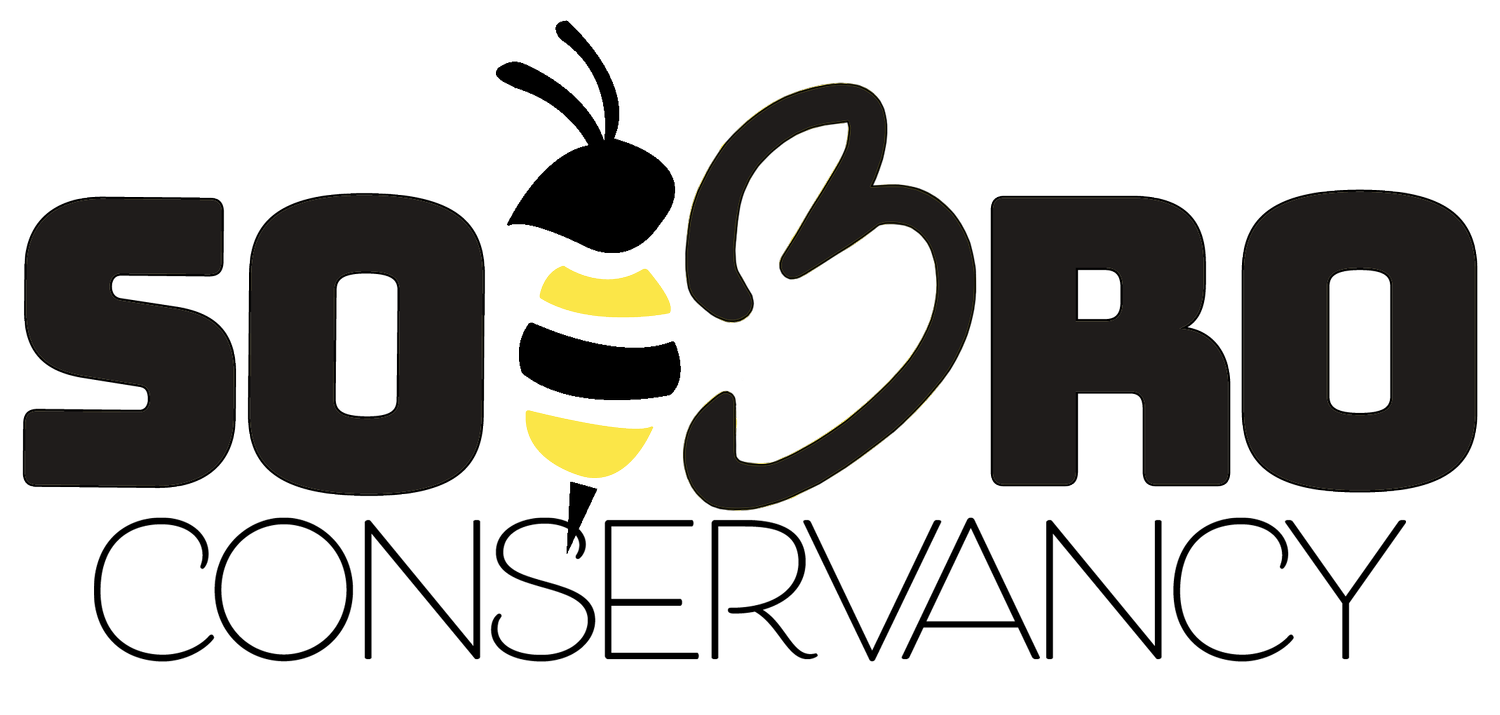
SoBro Conservancy of Saratoga:
Land Acknowledgment
Land Acknowledgment
SoBro Conservancy would like to acknowledge that Saratoga Springs, including 209 South Broadway, is part of a wide area whose lands and waters were cared for by the Algonkian people known as the Mohican for over ten thousand years. About fifteen hundred years ago, a group of Iroquoian-speaking people, the Kanien-ke-haka (Mohawk) who were the easternmost of the five original Haudenosaunee (Iroquois) nations, migrated to the area. Both nations regarded the area surrounding Saratoga Springs as sacred and, because of the mineral springs with healing waters, it was considered an area of peace to be shared by all.
The Mohican were forced to remove first to Massachusetts, then to the area of Oneida, New York and eventually to Wisconsin, where the Stockbridge Munsee Reservation still exists. Most of the Kanien-keha-ka were forced to relocate north to the Akwesasne Reservation straddling the Canadian border and further into Canada to several different reserves, although there is a contemporary Mohawk community led by Tom Porter near Fonda, New York called Kanatsiohareke.
Despite the removals, many Native people living in the Saratoga Springs area never left, but simply laid low. Several other groups of Algonkian people, including Abenakis, started moving here in the 1600s as a result of European settlements elsewhere. When 19th-century tourism around the springs provided opportunities for Native artisans to sell their goods, they began again to have a visible presence in such places as Congress Park where Mohawk and Abenaki craftspeople regularly set up camps to sell their goods well into the early 20 the century.
Thank you to Jesse Bruchac, Joe Bruchac and the Ndakinna Center for sharing the text from which we have excerpted this acknowledgment.
